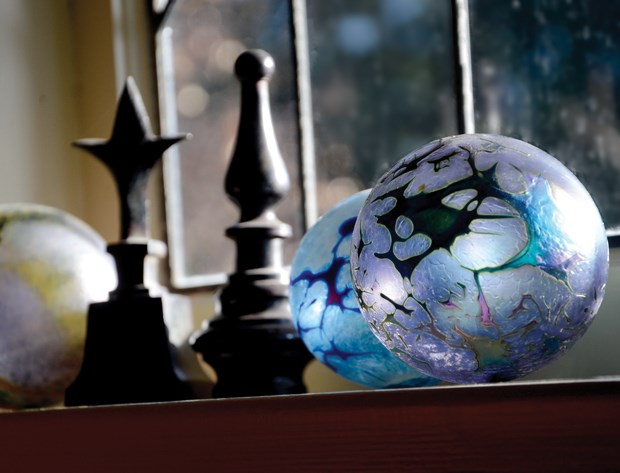I'm sitting here in my office punching away on my keyboard as the neighbour's cat suns itself in my backyard.
It's a spectacular January day with the winter sun infusing a vibrancy and warmth into the air and the cat is revelling in it as much as I am.
We all recognize the positive effects natural light has on our mood and our well-being, but it's on days like today that the notion really stands out. Natural light plays a critical role in the design of our homes too and is likely the single most important factor that determines how spaces are perceived and experienced.
Architect Christopher Alexander articulates it simply in his tome A Pattern Language: "If the right rooms are facing south, a house is bright and sunny and cheerful; if the wrong rooms are facing south, the house is dark and gloomy."
The principle is a simple one and if held onto will create light-filled spaces that are desirable and a joy to be in.
The position of the sun in the sky is determined by the time of day, the season and your location. For us in our northern latitude, facing south means facing the sun. It rises in the east and sets in the west. It's something we know and understand but all too often don't act upon.
When designing a home the architect or designer will lay out the rooms to best take advantage of the natural light the site provides. This typically means maximizing southern exposure and will often tend towards a structure that stretches along an east-west axis. But not all properties have this orientation so understanding the unique movements of the sun on a given piece of property is essential for the designer.
This might translate into an ensuite bathroom that basks in the warm glow of the morning sun or a breakfast nook that nudges out into a garden with full morning light. It can mean a home office that faces directly south to maximize its daytime sun exposure or a covered porch that catches the dying light of an evening sunset.
The more we anticipate how natural light affects our layout, the more we move towards an optimal design for our homes.
Technology has given us the ability to create functioning spaces even when we ignore our natural environment but, as with all such fixes, something gets lost in the process. The intensity and spectrum of colour in sunlight can't be matched by artificial light.
We innately sense daily and seasonal changes through the light of the sun. The long, cool rays of today's winter sun can never be confused with the sharp brilliance of a mid-summer day. Even my neighbour's cat would agree.
Everything we see is perceived and understood through the light that falls upon it. The quality of this light adds to the comprehension of what we're looking at and affects our feelings for it.
It's easy to see why natural light is an essential aspect of any well-designed home.
Kevin Vallely is a residential designer in North Vancouver. vallely.ca



